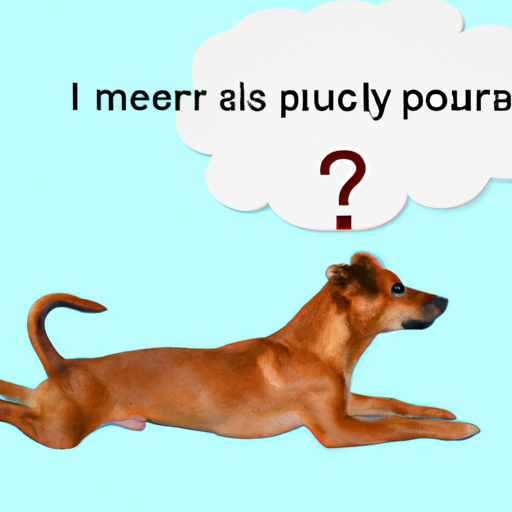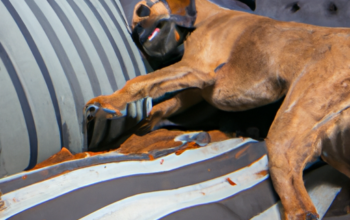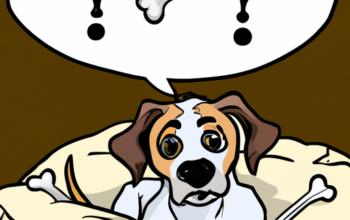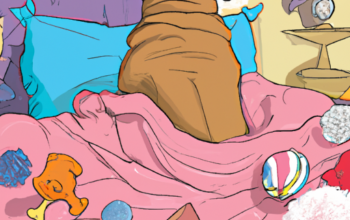Understanding the Canine Sploot
Hello there, caregiver! You’ve probably noticed your furry friend lounging on the floor, their hind legs splayed out behind them in a most peculiar fashion. This adorable pose is known as a “sploot,” and it’s a common canine behavior that has captured the hearts (and cameras) of many dog owners. But why do dogs sploot? Let’s dive into the canine world to find out.
Reasons Behind the Sploot
- Comfort: For some dogs, splooting is just a comfortable way to lay down. It allows them to stretch their hips and legs, and cool down their bellies on a hot day.
- Flexibility: Dogs, especially puppies, are incredibly flexible. Splooting allows them to take full advantage of this flexibility, stretching out their muscles and joints in a way that feels good.
- Stretching: Splooting can also serve a practical purpose. It’s an excellent way for dogs to stretch their entire body, especially after a long nap or strenuous exercise.
It’s important to note that not all dogs sploot, and it’s completely normal. Some breeds are more prone to splooting than others due to their physiology, like Corgis and Dachshunds.
The Different Types of Sploots
Splooting is not a one-size-fits-all phenomenon. In fact, there are different types of sploots that your dog might be performing:
- Full Sploot: This is the classic sploot, with both hind legs stretched out completely behind the dog.
- Half Sploot: In a half sploot, only one leg is stretched out behind the dog, while the other is tucked underneath.
- Side Sploot: Some dogs prefer to sploot with their legs splayed out to one side.
When to Be Concerned
As a caregiver, it’s natural to worry about your furry companion. But rest assured, splooting is generally a harmless behavior. However, if you notice that your dog is splooting excessively, or seems to be in pain, it could be a sign of underlying health issues, such as hip dysplasia or arthritis. If in doubt, always consult with your veterinarian.
| Potential Issue | Signs |
|---|---|
| Hip Dysplasia | Difficulty standing up, reluctance to run or jump, visible discomfort |
| Arthritis | Limping, stiffness, visible pain |
FAQs
Q: Is splooting bad for dogs?
A: No, splooting is not bad for dogs. It’s a normal behavior that helps them stretch and cool down. However, excessive splooting could be a sign of underlying health issues.
Q: Why doesn’t my dog sploot?
A: Not all dogs sploot. It’s more common in certain breeds and younger dogs. If your dog doesn’t sploot, there’s no need to worry.
Q: Can I train my dog to sploot?
A: It’s not recommended to try and force your dog into a sploot. It’s a natural behavior that they’ll do if and when they feel comfortable.
Q: Does splooting mean my dog is too hot?
A: While splooting can help dogs cool down, it doesn’t necessarily mean they’re overheating. If your dog is panting excessively, seek shade and provide fresh water.
So there you have it! The next time your dog sploots, you’ll know exactly why they’re doing it. Just another adorable quirk in the wonderful world of canine behavior!



